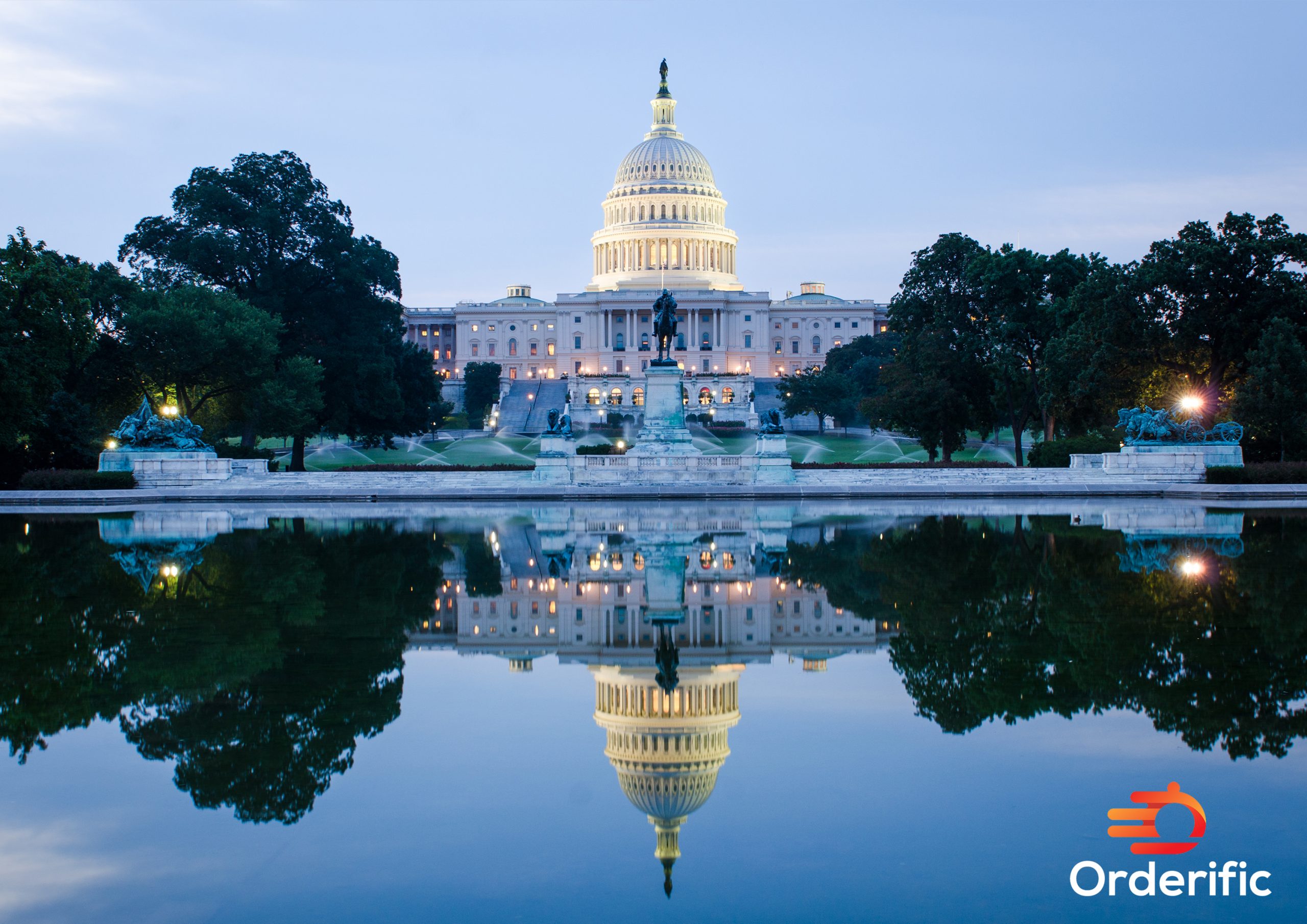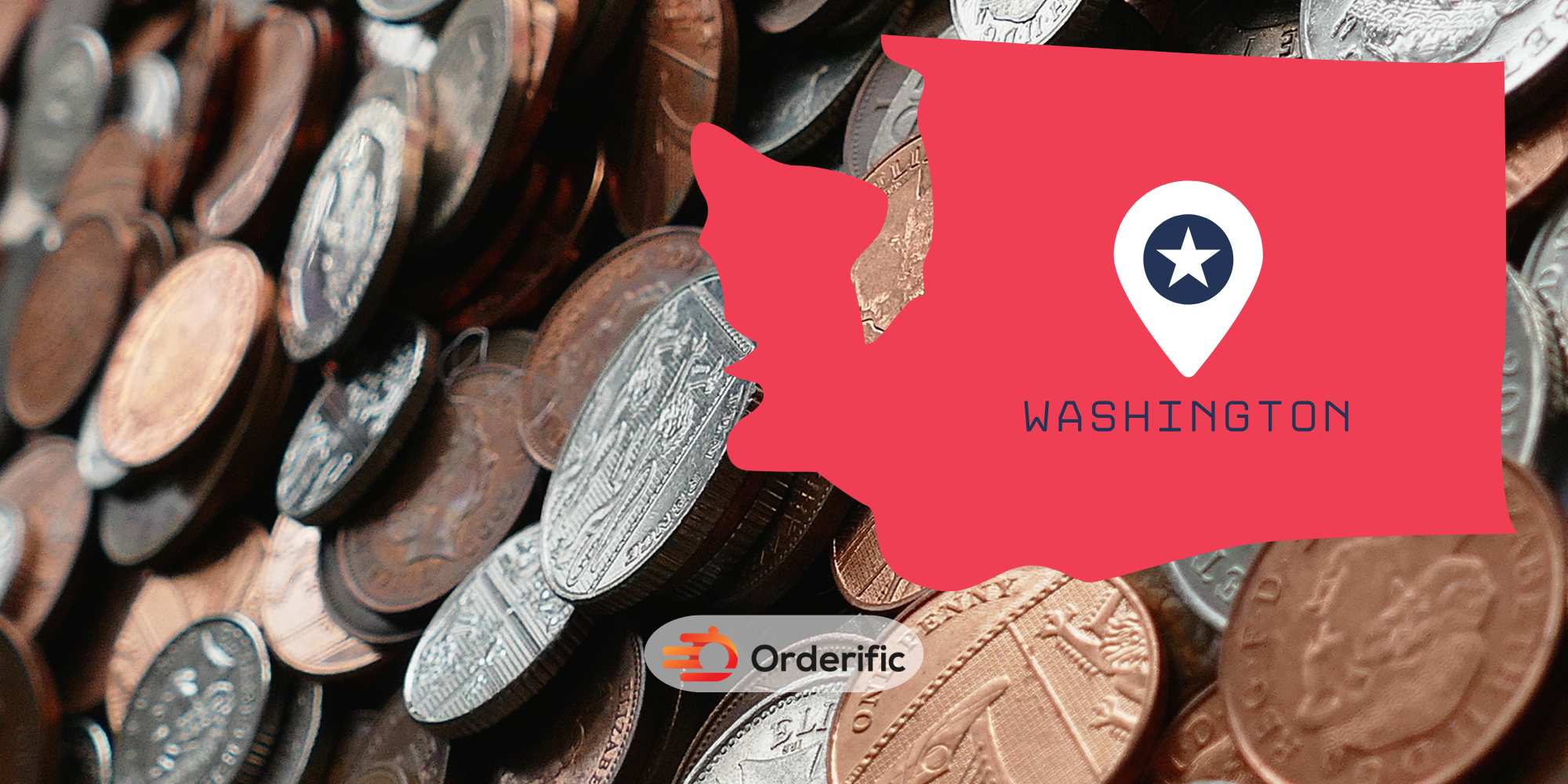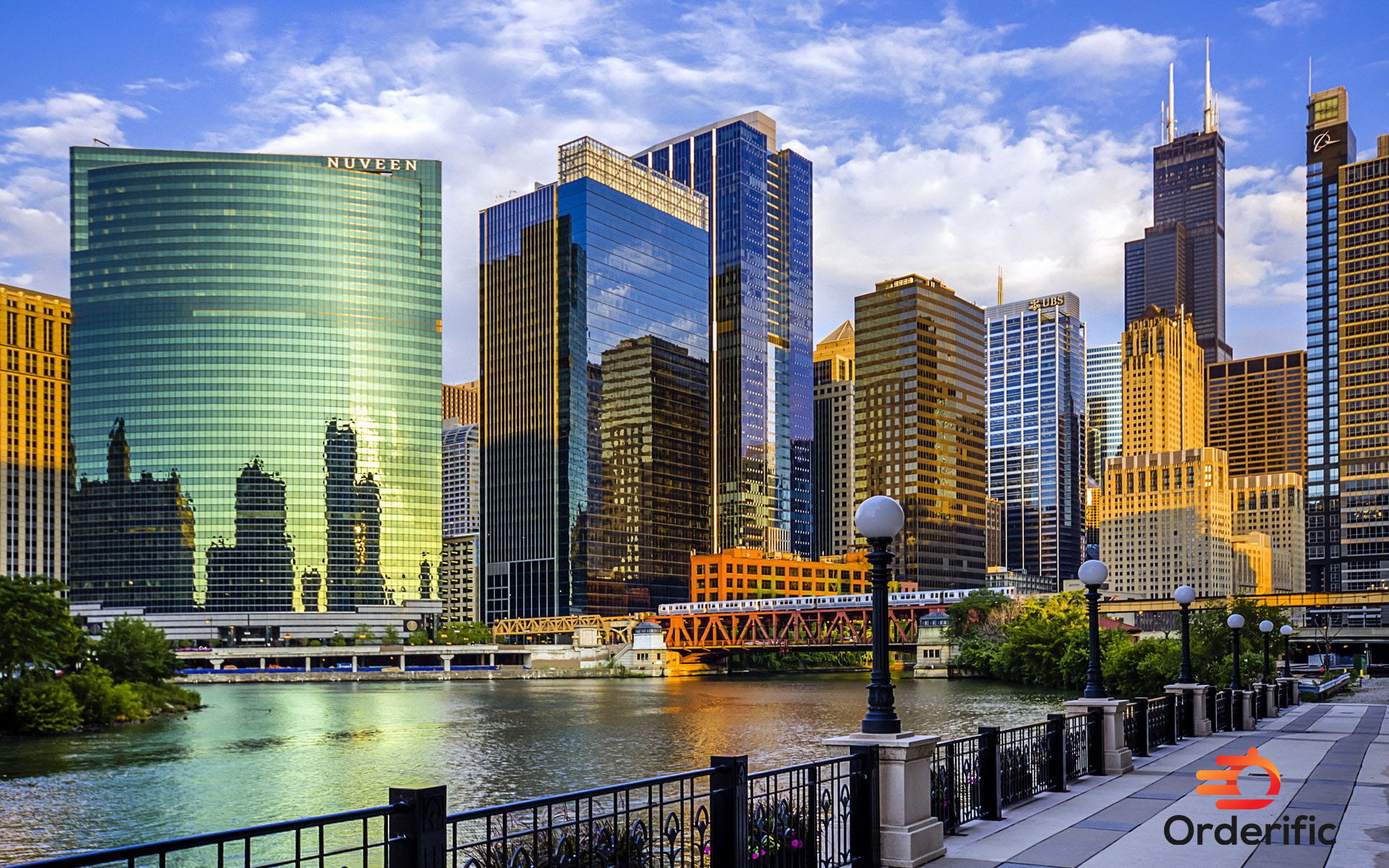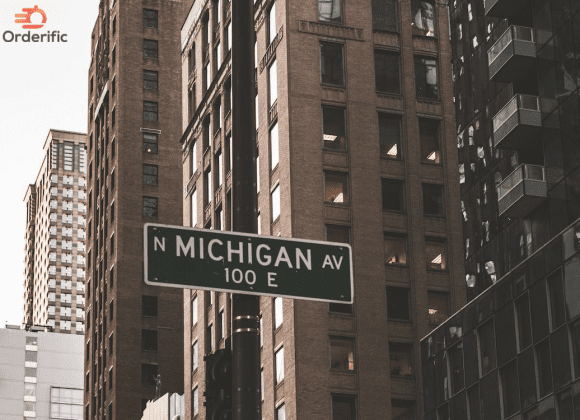Wages, particularly the minimum wage, are a cornerstone of economic and societal structures, influencing everything from individual purchasing power to business profitability. As the cost of living rises, heavily swayed by inflation, the balance between earning and spending becomes a concern. It’s this delicate equilibrium that prompts states like Washington to regularly recalibrate their wage guidelines, ensuring that they remain relevant and fair.
With 2023 heralding a prospective leap in Washington’s minimum wage, the implications are vast. Employers may need to rejig budgets, reconsider hiring strategies, or adjust pricing.
What is the Current Minimum Wage in Washington State?
The minimum wage Washington 2023 stands as a testament to the state’s commitment to ensuring a fair wage for its workers. Positioned as one of the front runners in the race to elevate the livelihoods of hourly workers, Washington has consistently adjusted its minimum wage in response to the rising costs of living, reflecting its understanding of the economic challenges many Americans face.
The state’s rate of $14.49, which was established in 2022, surpasses the federal benchmark by a considerable margin. The federal minimum wage has remained stagnant at $7.25 since 2009, prompting individual states to take action and reassess their wage standards.
This proactive approach by Washington not only demonstrates its dedication to the well-being of its workers but also sets a precedent for other states to follow. Several factors, including regional price variations, housing costs, and other economic variables, dictate the need for a higher minimum wage in areas like Washington.
Furthermore, businesses, workers, and economists keenly watch these figures, as they influence everything from job market dynamics to consumer spending patterns in the state. It’s not just a number; it’s an indicator of the state’s socio-economic health and its prioritization of worker welfare.
What is the Upcoming Minimum Wage Increase in Washington State?
The topic of Washington State’s minimum wage has been generating considerable attention and discussions, especially with the forthcoming adjustment scheduled for 2023. This impending change underscores the state’s ongoing commitment to ensuring its workforce receives a wage that resonates with the living costs and economic dynamics of the region.
As whispers and chatter circulate in both corporate corridors and neighborhood coffee shops, everyone’s keen to know the exact figures of this wage revision. While the official number is yet to grace the headlines, preliminary data and expert analyses hint at a significant rise, aligning with the state’s historical trend of progressive wage enhancements.
This prospective wage increment isn’t just about numbers. It embodies the state’s acknowledgment of the evolving needs of its citizens, the inflationary pressures, and the overall economic landscape. It also echoes the aspirations of workers advocating for a wage that truly matches their efforts and contributions.
For businesses, employers, and employees alike, this projected wage hike serves as a beacon, urging them to recalibrate their financial strategies, expectations, and operational plans. It’s not merely an economic adjustment; it’s a reflection of Washington’s dedication to nurturing a balanced socio-economic ecosystem.
What Does the Minimum Wage Increase Mean for Businesses in Washington State?
In an ever-evolving economic landscape, businesses in Washington State are bracing themselves for the ripple effects of the upcoming minimum wage increase. The new wage standards will have both immediate and long-term implications for various sectors, especially concerning their financial planning, operations, and competitive positioning.
How Will the Minimum Wage Increase Affect Small Businesses?
Small businesses, which often operate on tighter margins, may feel the effects of the wage increase more acutely. The prospect of shelling out higher salaries can lead to substantial recalibrations in their financial planning. Such businesses might find themselves grappling with dilemmas about hiring new staff or retaining existing ones, especially if they’re aiming to maintain the same profit margins.
Beyond the direct wage-related expenses, there might be a trickle-down impact on other operational costs, such as workers’ compensation insurance. Furthermore, to offset these increased expenses, some small businesses might contemplate raising their product or service prices.
However, they’ll have to weigh such decisions against potential customer reactions, competitive market pricing, and the overall value proposition they offer.
What Strategies Can Businesses Use to Adapt to the Minimum Wage Increase?
Survival and growth in a dynamic market necessitate adaptability. With the impending wage escalation, businesses need to think outside the box to maintain their equilibrium. One potential strategy is streamlining operations. By identifying inefficiencies and eliminating operational redundancies, businesses can manage costs better. Another avenue is leveraging technology. Embracing automation, especially in repetitive tasks, can lead to substantial cost savings in the long run.
Furthermore, businesses might also explore broadening their service offerings or diversifying their product lines to cater to a wider audience, thus potentially driving up sales volumes. Upskilling staff to offer enhanced services, especially in sectors like hospitality or retail, can also provide a competitive edge and justify slightly higher prices.
What Does the Minimum Wage Increase Mean for Workers in Washington State?
The impending minimum wage rise in Washington State is not just a topic of discussion among business circles; it’s equally pivotal for workers who stand at the forefront of this change. The wage adjustments promise to recalibrate the professional and financial dynamics for a vast majority of the state’s working population.
How Will the Minimum Wage Increase Affect Different Types of Workers?
Different sectors and job roles will experience the wage increase in varied ways. For instance, those in the retail sector might feel an immediate positive impact, given the direct nature of their jobs. Meanwhile, clerical workers might see a more indirect effect, especially if their roles can be automated or streamlined.
Health care professionals, often working long and unpredictable hours, may witness adjustments to their shifts to balance out costs. Tipped employees, such as waitstaff or bartenders, might face changes in their base pay versus tip credits, leading to a reevaluation of their overall earnings. Seasonal workers, often used to fluctuations in income, might have to navigate a new earning pattern during peak seasons.
What Are the Potential Benefits and Drawbacks for Workers?
An immediate benefit is the prospect of a heftier paycheck. This wage bump can enhance the quality of life, allowing workers to manage their expenses better, save more, or even invest in personal or professional growth endeavors. With more disposable income, they could also contribute to boosting the local economy by spending more.
However, every rose has its thorns. While the wage increase is promising, it might come with potential challenges. Employers grappling with the added wage expenses might cut down on working hours, leading to reduced overall earnings for some employees. In some sectors, especially those where automation is feasible, there might be a risk of job redundancies.
What Other Policies Could Help Support Workers in Washington State?
Wage increases, while vital, are just a piece of the larger puzzle of worker welfare. The state could further support its workers by implementing or bolstering policies around health care coverage, ensuring that every worker has access to quality medical care without incurring hefty out-of-pocket expenses.
Professional development programs can help workers upskill, ensuring they stay relevant in a rapidly evolving job market. Moreover, considering the housing challenges in certain parts of the state, housing credits or allowances could be introduced.
Transportation subsidies might also be beneficial, ensuring that commuting doesn’t become a financial burden.
Conclusion
The discussion around minimum wage resonates deeply, reflecting societal values and economic priorities. Washington’s forthcoming wage adjustment emphasizes the quest for economic equity. While businesses are economic pillars, they prosper most when their workforce is content and adequately compensated. The imminent wage shift is more than just a statutory alteration; it symbolizes Washington’s recognition of the changing needs of its populace.
For businesses, this change necessitates adaptive strategies to maintain growth. For workers, it promises not only better financial prospects but also an affirmation of their value in the economic system. As Washington navigates this transition, the overarching goal remains clear: a robust business environment harmonized with the well-being of every worker. The state’s path forward showcases its commitment to a balanced and inclusive economic future.
In case you want more content like this, visit Orderific right now!
FAQs
How often does the minimum wage in Washington state change, and what factors influence these changes?
The state periodically reviews the minimum wage, influenced by factors like inflation and cost of living adjustments.
Who is currently affected by the minimum wage in Washington state, and how many workers earn minimum wage?
A sizeable chunk, especially those in entry-level positions across various sectors, are affected by the state’s minimum wage.
What is the timeline for the minimum wage increase in Washington state in 2023, and when will it take effect?
Though the exact dates are pending official confirmation, the changes are expected to roll out early in the year.
How much will the minimum wage increase in 2023, and how does this compare to previous increases?
The 2023 increase is predicted to be one of the more significant hikes, though exact comparisons will be available post-official announcements.
Who will be affected by the minimum wage increase in 2023, and how many workers will see a pay increase?
Almost all sectors will feel the effects, with a vast majority of minimum wage earners receiving a pay bump.
What are the potential benefits and drawbacks of the minimum wage increase for workers and businesses in Washington state?
While workers stand to earn more, businesses, especially smaller ones, may face financial constraints and operational challenges.












